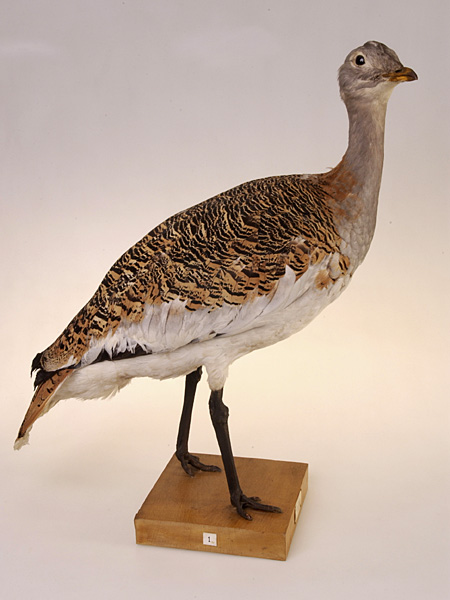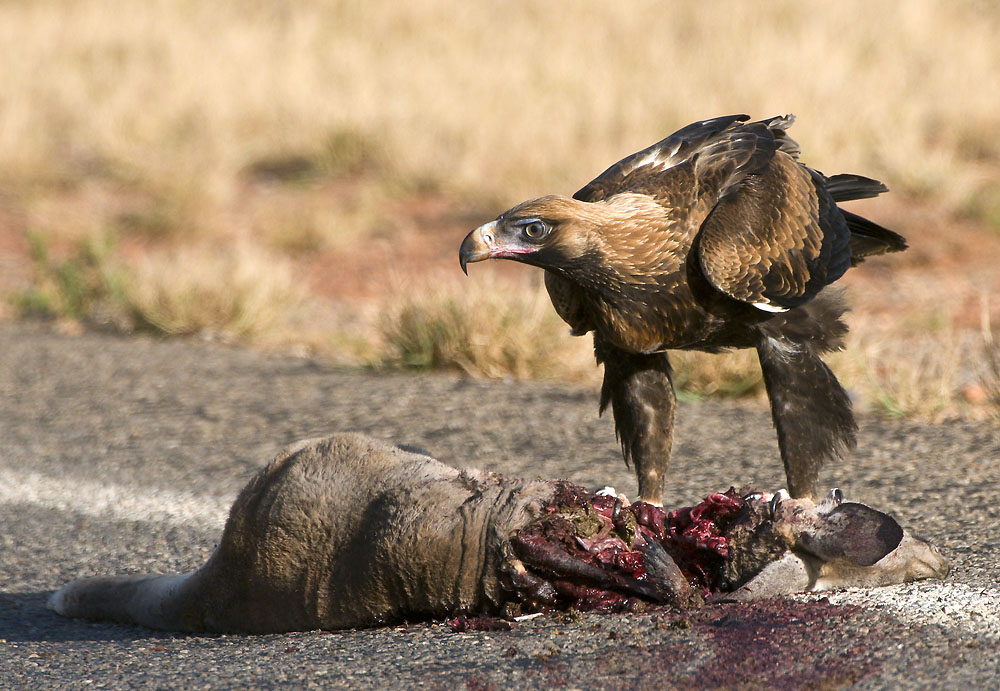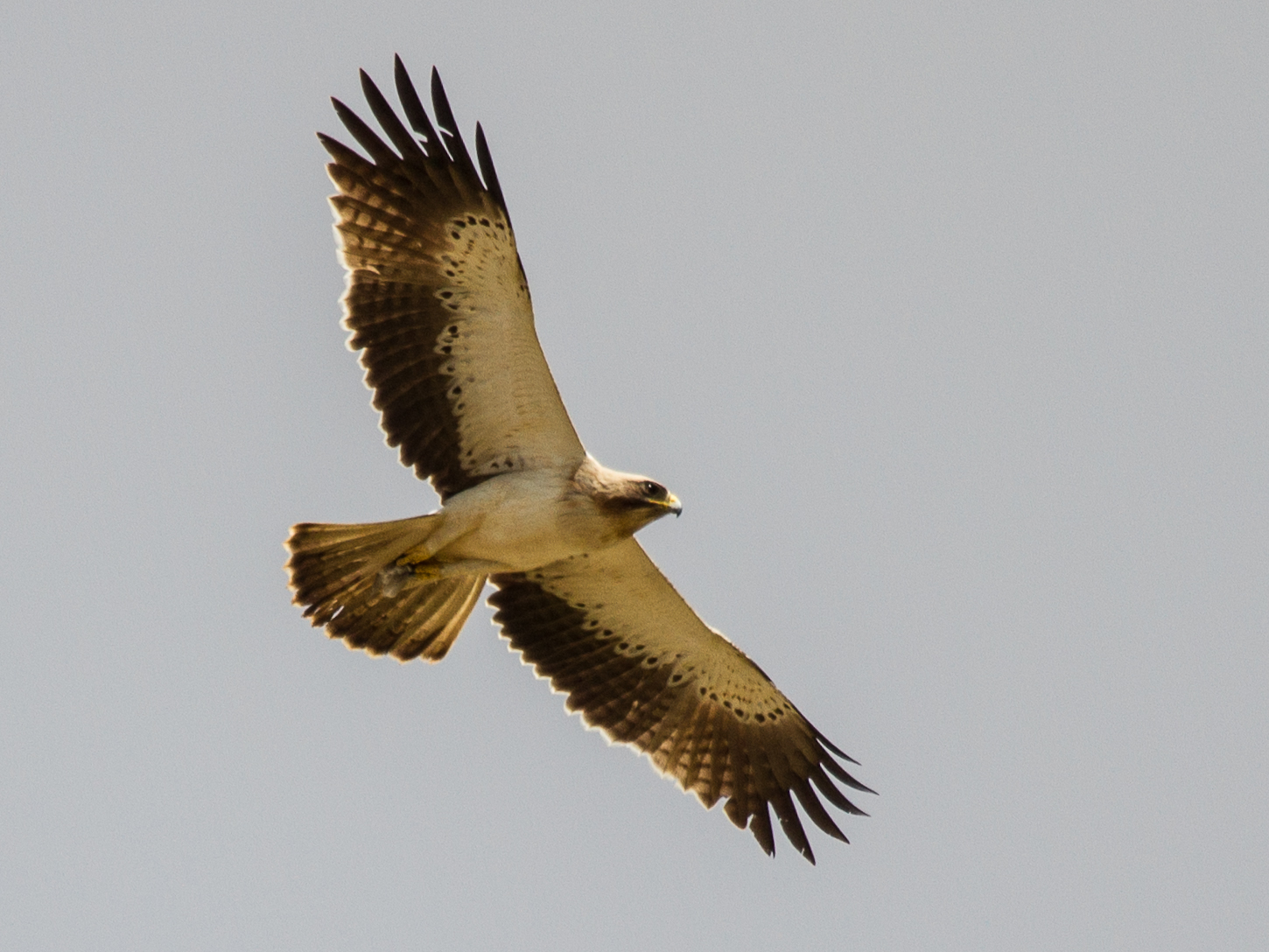|
CONDOR
Condor is the common name for two species of New World vultures, each in a monotypic genus. The name derives from the Quechua language, Quechua ''kuntur''. They are the largest flying land birds in the Western Hemisphere. One species, the Andean condor (''Vultur gryphus''), inhabits the Andean mountains. The other, the California condor (''Gymnogyps californianus''), is currently restricted to the Pacific Coast Ranges, western coastal mountains of the contiguous United States and Mexico, as well as the northern desert mountains of Arizona. Taxonomy Condors are part of the family Cathartidae, which contains the New World vultures, whereas the 15 species of Old World vultures are in the family Accipitridae, which also includes hawks, eagles, and Kite (bird), kites. The New World and Old World vultures evolved from different ancestors. They both are carrion-eaters and the two groups are similar in appearance due to convergent evolution. Description Condors are very large, broa ... [...More Info...] [...Related Items...] OR: [Wikipedia] [Google] [Baidu] |
Pliocene
The Pliocene ( ; also Pleiocene) is the epoch (geology), epoch in the geologic time scale that extends from 5.33 to 2.58See the 2014 version of the ICS geologic time scale million years ago (Ma). It is the second and most recent epoch of the Neogene Period in the Cenozoic, Cenozoic Era. The Pliocene follows the Miocene Epoch and is followed by the Pleistocene Epoch. Prior to the 2009 revision of the geologic time scale, which placed the four most recent major glaciations entirely within the Pleistocene, the Pliocene also included the Gelasian Stage, which lasted from 2.59 to 1.81 Ma, and is now included in the Pleistocene. As with other older geologic periods, the Stratum, geological strata that define the start and end are well-identified but the exact dates of the start a ... [...More Info...] [...Related Items...] OR: [Wikipedia] [Google] [Baidu] |
Arizona
Arizona is a U.S. state, state in the Southwestern United States, Southwestern region of the United States, sharing the Four Corners region of the western United States with Colorado, New Mexico, and Utah. It also borders Nevada to the northwest and California to the west, and shares Mexico-United States border, an international border with the Mexican states of Sonora and Baja California to the south and southwest. Its Capital city, capital and List of largest cities, largest city is Phoenix, Arizona, Phoenix, which is the most populous state capital and list of United States cities by population, fifth most populous city in the United States. Arizona is divided into 15 List of counties in Arizona, counties. Arizona is the list of U.S. states and territories by area, 6th-largest state by area and the list of U.S. states and territories by population, 14th-most-populous of the 50 states. It is the 48th state and last of the contiguous United States, contiguous states to be a ... [...More Info...] [...Related Items...] OR: [Wikipedia] [Google] [Baidu] |
Wandering Albatross
The snowy albatross (''Diomedea exulans''), also known as the wandering albatross, white-winged albatross, or goonie, is a large seabird from the family Diomedeidae Albatrosses, of the biological family (biology), family Diomedeidae, are large seabirds related to the procellariidae, procellariids, storm petrels, and diving petrels in the order Procellariiformes (the tubenoses). They range widely in the So ...; they have a circumpolar range in the Southern Ocean. It is the largest species of albatross and was long considered to be the same species as the Tristan albatross and the Antipodean albatross. Together with the Amsterdam albatross, it forms the wandering albatross Cryptic species complex, species complex, which some began referring to more recently as "snowy". The snowy albatross is one of the two largest members of the genus ''Diomedea'' (the great albatrosses), being similar in size to the southern royal albatross. It has the greatest known wingspan of any living bi ... [...More Info...] [...Related Items...] OR: [Wikipedia] [Google] [Baidu] |
Great Bustard
The great bustard (''Otis tarda'') is a bird in the bustard family, and the only living member of the genus ''Otis (bird), Otis''. It breeds in open grasslands and farmland from northern Morocco, South Europe, South and Central Europe to temperate Central Asia, Central and East Asia. European populations are mainly resident, but Asian populations bird migration, migrate farther south in winter. Endangered species, Endangered as of 2023, it had been listed as a Vulnerable species on the IUCN Red List since 1996. Portugal and Spain now host about 60% of the world's great bustard population. The species was local extinction, extirpated in Great Britain in the 19th century, when the last bird was shot in 1832. Since 1998, The Great Bustard Group have helped Species reintroduction, reintroduce it to England on Salisbury Plain, a British Army training area. Here, the lack of public access and disturbance allows them the seclusion they desire as a large, ground-nesting bird. Taxonomy ... [...More Info...] [...Related Items...] OR: [Wikipedia] [Google] [Baidu] |
Kori Bustard
The kori bustard (''Ardeotis kori'') is the largest flying bird native to Africa. It is a member of the bustard family (biology), family, which all belong to the order Otidiformes and are restricted in distribution to the Old World. It is one of the four species (ranging from Africa to India to Australia) in the large-bodied genus ''Ardeotis''. The male kori bustard may be the heaviest living animal capable of flight. This species, like most bustards, is a ground-dwelling bird and an opportunistic omnivore. Male kori bustards, which can be more than twice as heavy as the female, attempt to breed with as many females as possible and take no part in the raising of the young. The nest is a shallow hollow in the earth, often disguised by nearby obstructive objects such as trees. Taxonomy English naturalist William John Burchell described the kori bustard in 1822. The specific epithet ''kori'' is derived from the Tswana language, Tswana name for this bird – ''Kgori''. Two subspecie ... [...More Info...] [...Related Items...] OR: [Wikipedia] [Google] [Baidu] |
Bird
Birds are a group of warm-blooded vertebrates constituting the class (biology), class Aves (), characterised by feathers, toothless beaked jaws, the Oviparity, laying of Eggshell, hard-shelled eggs, a high Metabolism, metabolic rate, a four-chambered heart, and a strong yet lightweight Bird skeleton, skeleton. Birds live worldwide and range in size from the bee hummingbird to the common ostrich. There are over 11,000 living species and they are split into 44 Order (biology), orders. More than half are passerine or "perching" birds. Birds have Bird wing, wings whose development varies according to species; the only known groups without wings are the extinct moa and elephant birds. Wings, which are modified forelimbs, gave birds the ability to fly, although further evolution has led to the Flightless bird, loss of flight in some birds, including ratites, penguins, and diverse endemism, endemic island species. The digestive and respiratory systems of birds are also uniquely a ... [...More Info...] [...Related Items...] OR: [Wikipedia] [Google] [Baidu] |
Convergent Evolution
Convergent evolution is the independent evolution of similar features in species of different periods or epochs in time. Convergent evolution creates analogous structures that have similar form or function but were not present in the last common ancestor of those groups. The cladistic term for the same phenomenon is Cladogram#Homoplasies, homoplasy. The recurrent evolution of flight is a classic example, as flying pterygota, insects, birds, pterosaurs, and bats have independently evolved the useful capacity of flight. Functionally similar features that have arisen through convergent evolution are ''analogous'', whereas ''homology (biology), homologous'' structures or traits have a common origin but can have dissimilar functions. Bird, bat, and pterosaur wings are analogous structures, but their forelimbs are homologous, sharing an ancestral state despite serving different functions. The opposite of convergence is divergent evolution, where related species evolve different trai ... [...More Info...] [...Related Items...] OR: [Wikipedia] [Google] [Baidu] |
Carrion
Carrion (), also known as a carcass, is the decaying flesh of dead animals. Overview Carrion is an important food source for large carnivores and omnivores in most ecosystems. Examples of carrion-eaters (or scavengers) include crows, vultures, humans, hawks, eagles, hyenas, Virginia opossum, Tasmanian devils, coyotes and Komodo dragons. Many invertebrates, such as the Silphidae, carrion and burying beetles, as well as maggots of Calliphoridae, calliphorid flies (such as one of the most important species in ''Calliphora vomitoria'') and Flesh-fly, flesh-flies, also eat carrion, playing an important role in recycling nitrogen and carbon in animal remains. Carrion begins to decay at the moment of the animal's death, and it will increasingly attract insects and breed bacteria. Not long after the animal has died, its body will begin to exude a foul odor caused by the presence of bacteria and the emission of cadaverine and putrescine. Carrion can harbor many infectious and diseas ... [...More Info...] [...Related Items...] OR: [Wikipedia] [Google] [Baidu] |
Kite (bird)
Kite is the common name for certain birds of prey in the family Accipitridae, particularly in the subfamilies Elaninae and Perninae and certain genera within Buteoninae."kite". Encyclopædia Britannica. Encyclopædia Britannica Online. Encyclopædia Britannica Inc., 2014. Web. 24 Nov. 2014 . The term is derived from Old English , onomatopoeic from the call notes of the buzzard (''Buteo buteo'') and red kite (''Milvus milvus''). The name, having no cognate names in other European languages, is thought to have arisen in England; it apparently originally denoted the buzzard, as the red kite was then known by the widespread Germanic name 'glede' or 'glead', and was only later transferred to the red kite as "fork-tailed kite" by Christopher Merret in his 1667 ''Pinax Rerum Naturalium Britannicarum''. By the time of Thomas Pennant's 1768 ''British Zoology'', the name had become fixed on the red kite, other birds named 'kite' around the world being named from their then-percei ... [...More Info...] [...Related Items...] OR: [Wikipedia] [Google] [Baidu] |
Eagle
Eagle is the common name for the golden eagle, bald eagle, and other birds of prey in the family of the Accipitridae. Eagles belong to several groups of Genus, genera, some of which are closely related. True eagles comprise the genus ''Aquila (bird), Aquila''. Most of the 68 species of eagles are from Eurasia and Africa. Outside this area, just 14 species can be found—two in North America, nine in Central and South America, and three in Australia. Eagles are not a natural group but denote essentially any kind of bird of prey large enough to hunt sizeable (about 50 cm long or more overall) vertebrates. Etymology The word "eagle" is borrowed into English from and , both derived ultimately from ("eagle"). It is cognate with terms such as , and . It is broadly synonymous with the less common English term "erne" or "earn", deriving from , from , in which it acts as the usual word for the bird. The Old English term is turn derived from and is cognate with other synonymous ... [...More Info...] [...Related Items...] OR: [Wikipedia] [Google] [Baidu] |
Hawk
Hawks are birds of prey of the family Accipitridae. They are very widely distributed and are found on all continents, except Antarctica. The subfamily Accipitrinae includes goshawks, sparrowhawks, sharp-shinned hawks, and others. This subfamily are mainly woodland birds with short broad wings, long tails, and high visual acuity. They hunt by dashing suddenly from a concealed perch. In America, members of the '' Buteo'' group are also called hawks, though birds of this group are called buzzards in other parts of the world. Generally, buteos have broad wings and sturdy builds. They are relatively larger-winged and shorter-tailed than accipiters, and fly further distances in open areas. Buteos descend or pounce on their prey rather than engaging in fast, horizontal pursuit. The terms ''accipitrine hawk'' and ''buteonine hawk'' are used to distinguish between the types in regions where ''hawk'' applies to both. The term ''"true hawk"'' is sometimes used for the accipitrin ... [...More Info...] [...Related Items...] OR: [Wikipedia] [Google] [Baidu] |









